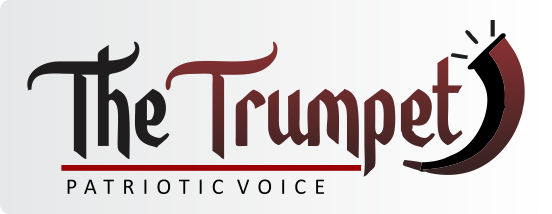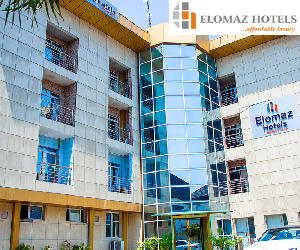For a proper understanding of the current healthcare situation in Nigeria, it is very important to historicize the evolution of its healthcare system and within that framework examine some of the pitfalls that are associated with various policies.
Before the coming of Europeans to Nigeria, the indigenous peoples that made up the country relied entirely on indigenous herbal and fauna knowledge to solve various health conditions. The healthcare system was based on the quality knowledge of practitioners as well as defined ways of apprenticeship to qualify as a healer.
With the coming of Europeans from the fifteenth century and the subsequent introduction of Western medicine, healthcare services became monetized so that health services were rendered for a standard fee.
Although the colonial government did not overtly introduce Western medicine to rural folks, the importation of Western-trained medical doctors as well as Western medicine coupled with the influx of missionaries that used Western drugs as a means of evangelism, the seeds of drastic change in traditional medicine were sown. One key factor that led to the undermining of traditional medicine and its subsequent neglect was the missionaries’ association of traditional medicine with witchcraft, Satanism, and evil.
By 1960 when Nigeria gained her independence, Western medicine had been firmly established in urban centres, while missionary activities had also penetrated some rural communities. It was this skeletal framework that the governments built on after independence.
The underpinning philosophy of the First Republic was to ensure that Western-styled healthcare delivery became the primary source of health service in the country and to achieve this, the government invested heavily in health by awarding scholarships to students to study medicine, nursing, and other allied professions abroad.
At the same time, the government of the day was also building hospitals both in capital cities in the states and key urban centres. Equipping hospitals with personnel and consumables became the priority of the government. On their return from overseas, the early trained medical doctors were placed in key positions in the health sector, while the public was encouraged by the government to patronize public hospitals and Western pharmaceuticals that were provided free or heavily subsidized by the government.
This welfare orientation of Nigeria’s First Republic, incidentally, could not be sustained for long due to the downturn in oil prices and the increasing corruption in political circles. The consequences of this development were dire: consumables became scarce commodities in hospitals, epileptic payment of salaries of health workers became the order of the day, and a deteriorating condition of service increased the mass migration of medical personnel out of the country.
At the same time, most health posts in rural and semi-urban communities were abandoned, and the rural folks who had initially had access to Western medicine and government generosity were left to fend for themselves. On the other hand, the patronage of Western medicine at the expense of traditional medicine had led to the scarcity of highly skilled and knowledgeable traditional medical practitioners as most of them died without passing on their knowledge to the younger generation.
Even if they had wanted to do so, it was difficult for them because a majority of the younger generation had been introduced to Western education and religion, which influenced their perception of traditional medicine as inferior to Western medicine and evil in their religious conviction. The confusion that these developments generated led to the rise of private medical practice both in urban centres and rural communities.
The need to meet Nigeria’s health challenges and the gap that was created by the exodus of qualified Western-trained practitioners as well as the dearth of skilled traditional medical practitioners paved the way for the increase of quacks and fake drugs from the 1980s onward.
Read Also: Delta community protests over abandoned Emevor/Orogun road
The introduction of private health practitioners led to the informal introduction of user fees in healthcare delivery followed by a rise in the cost of healthcare services. However, because of the economic downturn in the country starting from the late 1970s and the structural adjustment program that was initiated in the mid-1980s leading to the mass retrenchment in both the public and private sectors, fewer people could access private healthcare services. This situation led to the massive importation of sub-standard drugs into the country.
Furthermore, the breakdown of state machinery and the poor coordination of activities in the health sector encouraged unqualified personnel to set up health centres, quasi hospitals, chemist shops, and drug hawkers. This situation generated an outcry for the complete overhaul of the health sector which culminated in the promulgation of Decree 34 of 1999 which established the National Health Insurance Scheme (NHIS).
Healthcare services have undergone tremendous transformation since Nigeria’s independence in 1960. While significant progress was made in the first two decades, the economic downturn resulting from the plunging oil price on which Nigeria was dependent led to a series of twists and turns in the health sector.
The structural adjustment program signalled a significant shift from a predominantly welfare scheme to the introduction of user fees and the subsequent proliferation of private healthcare provision. The chaos that followed this highly unregulated private healthcare and the introduction of fake drugs into the market increased the rate of maternal and child mortality as well as a general reduction in life expectancy in Nigeria.
Click The Trumpet and follow us on Facebook.






